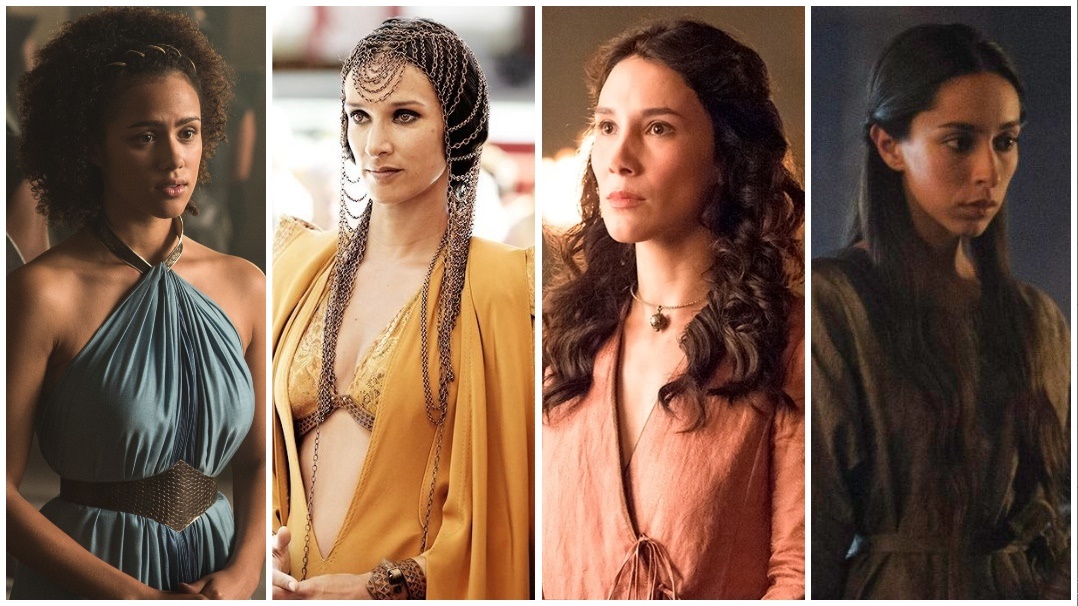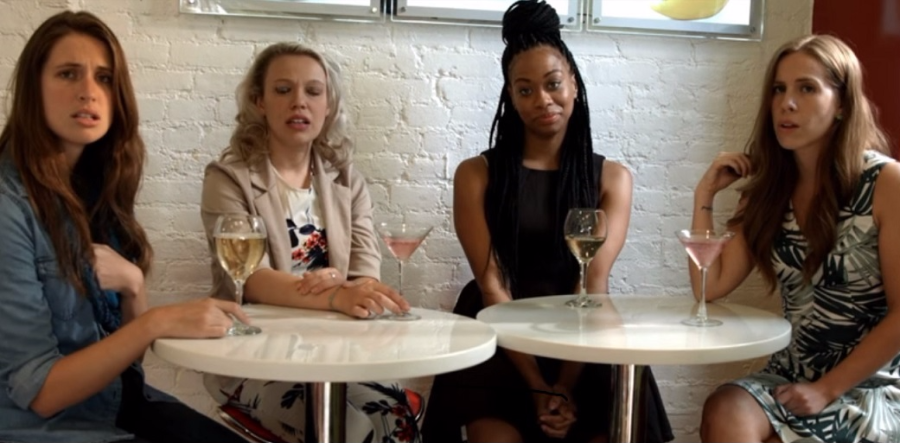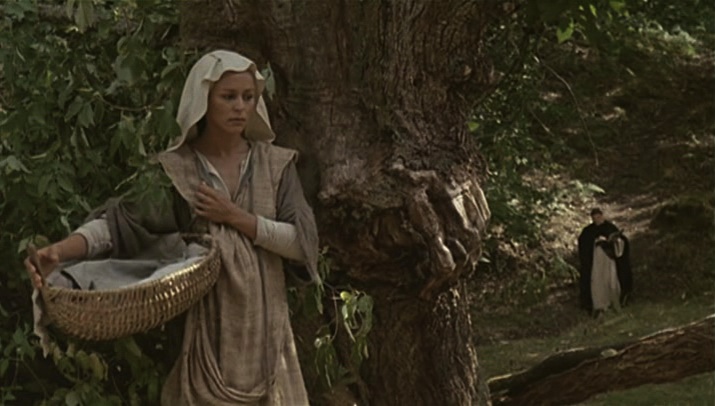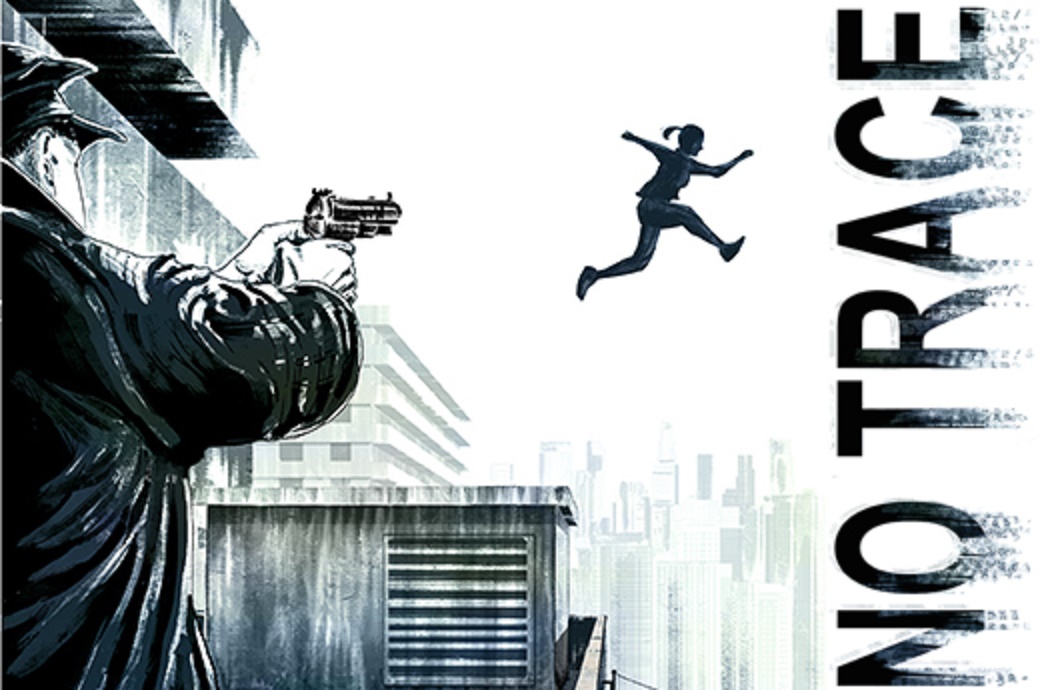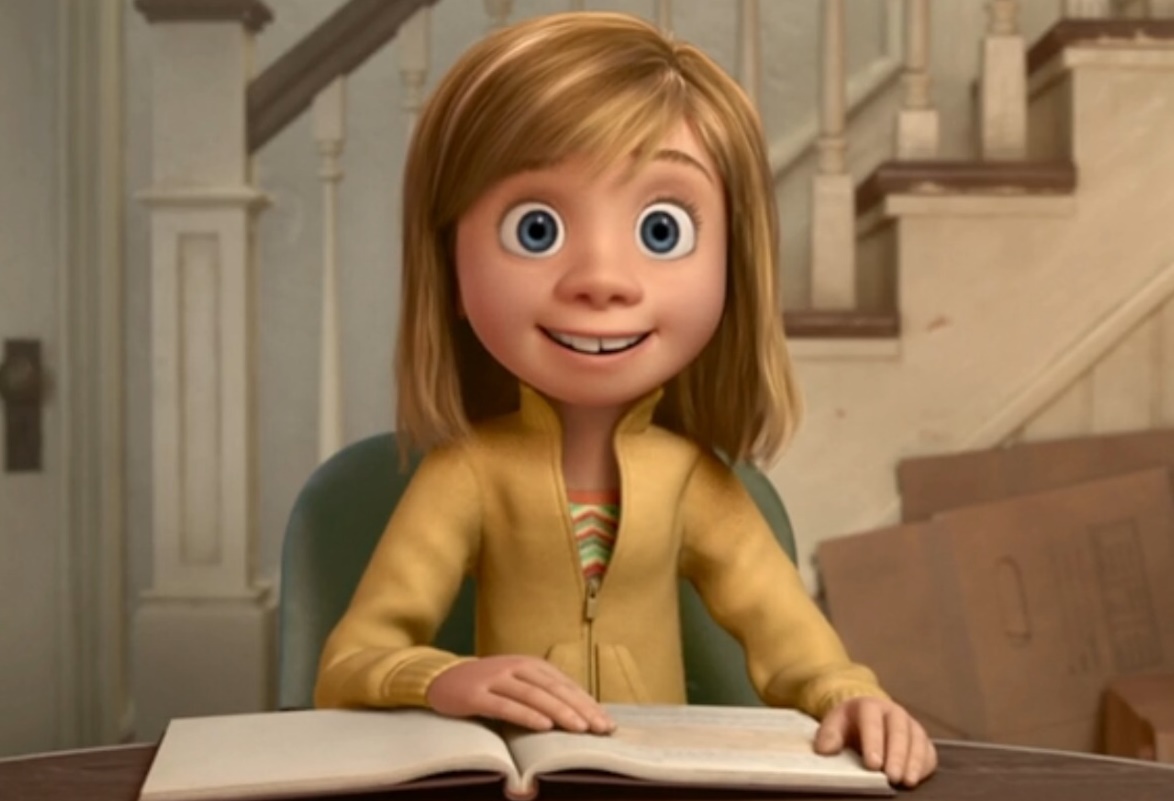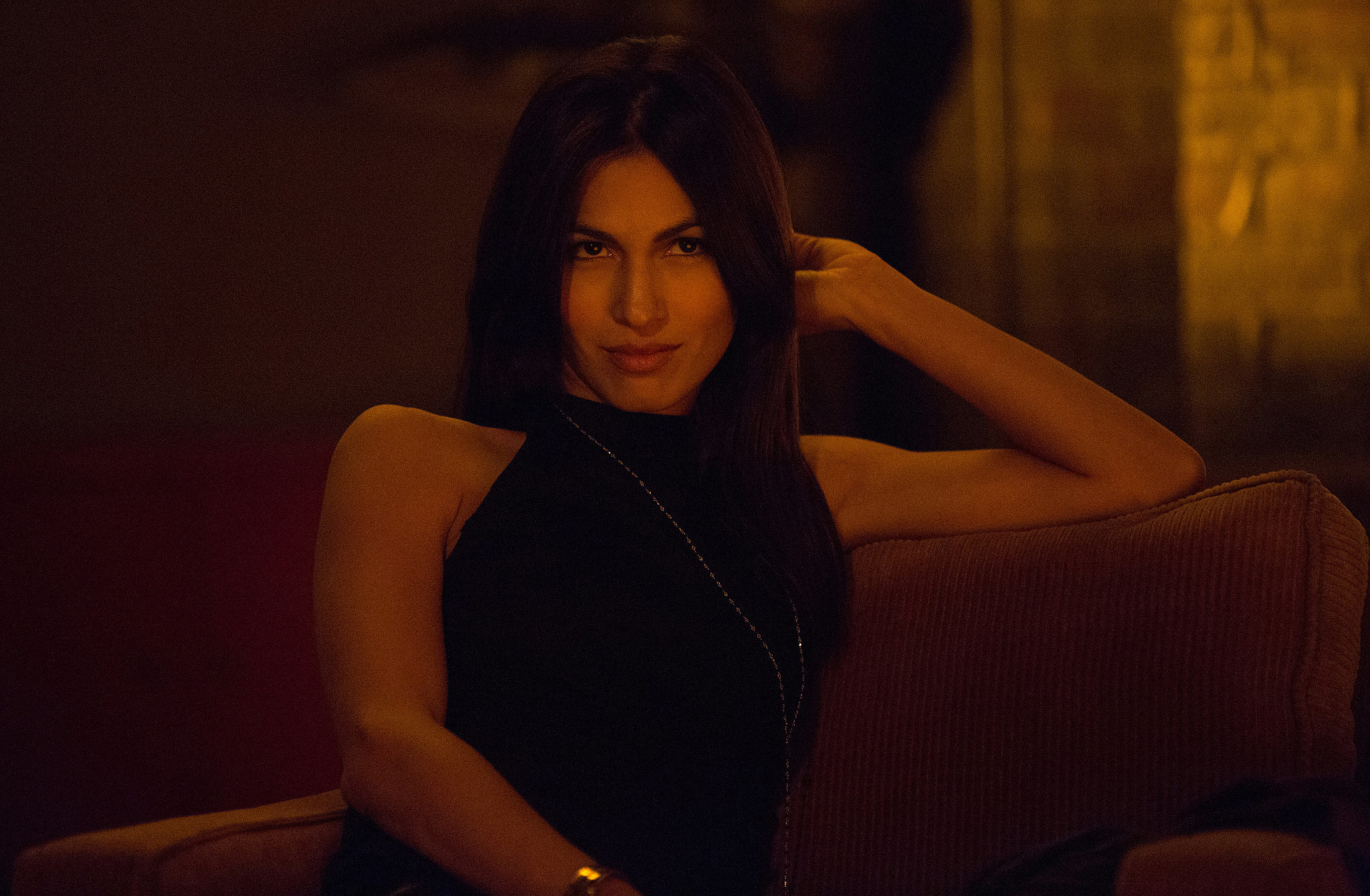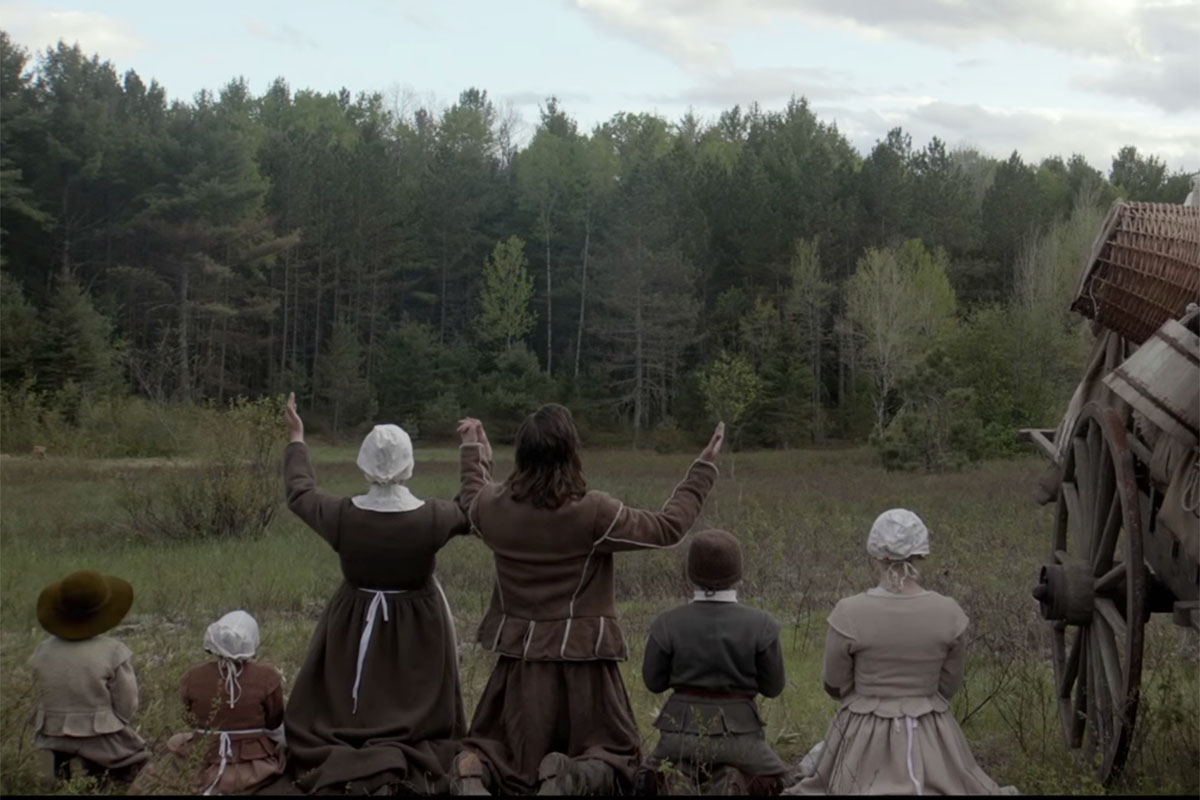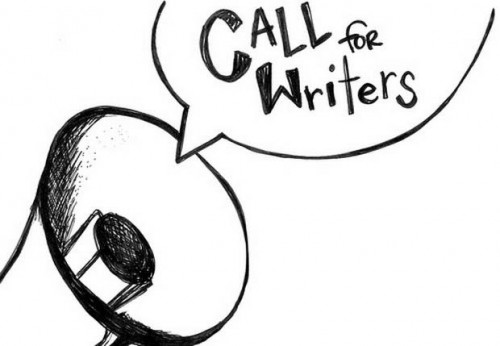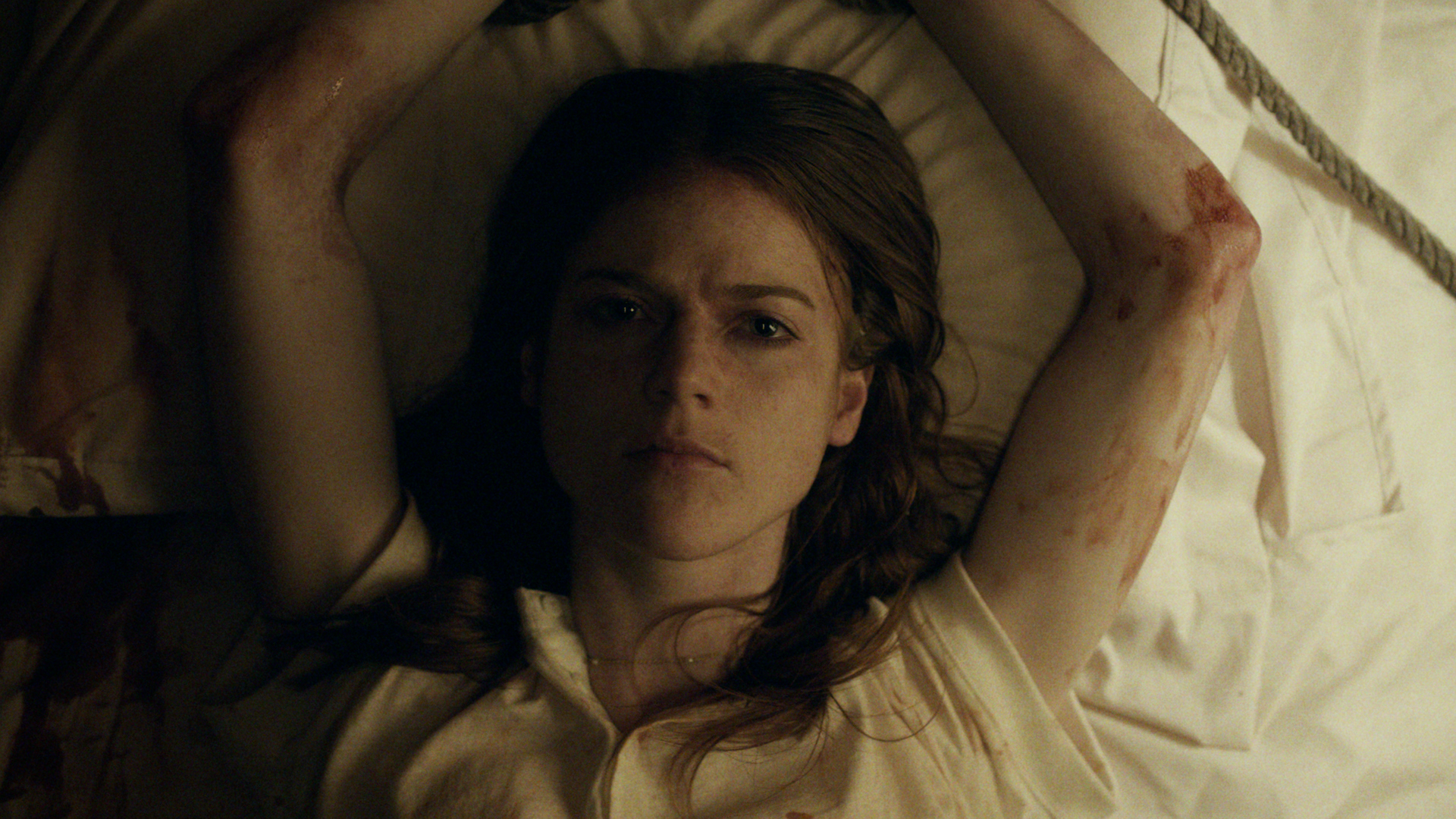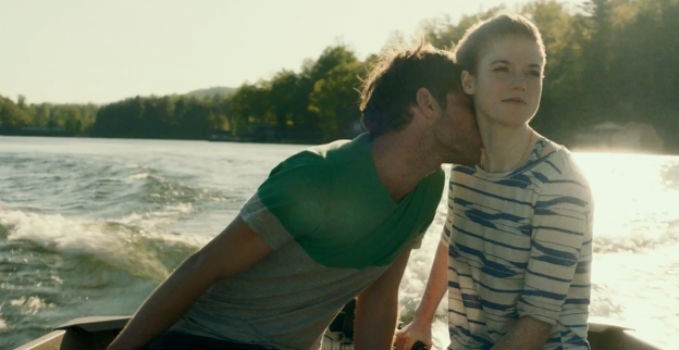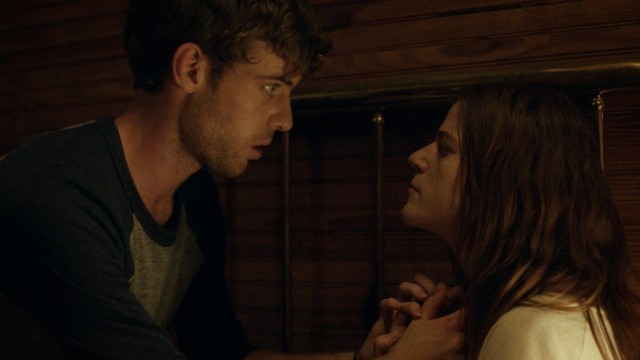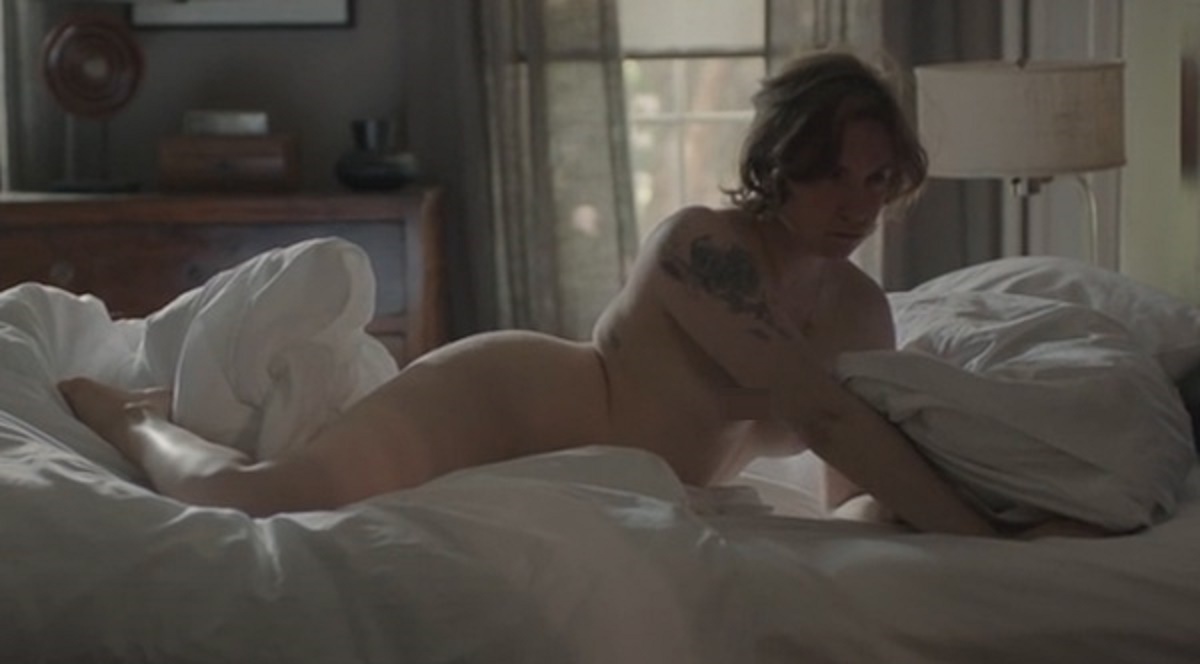This guest post written by Clara Mae appears as part of our theme week on Game of Thrones.
I often feel conflicted about HBO’s Game of Thrones and its portrayal of women. On one hand, the show has given us some of today’s pop culture feminist icons: women like Brienne, Arya, Daenerys, and Olenna, who show us what it means to persevere in a male-dominated society despite differences in age and social standing. On the surface, so too does the show give us dynamic women of color: characters like Irri, Missandei, Shae, Talisa, and the Sand Snakes, some of whom were updated or added in for the benefit of the show’s audience (of which I am a part of exclusively, having not read the book series).
But with the women of color being so scarce in the show, it’s just as important to look at the quality of these portrayals. While the show does give us some strong women of color, many of them are portrayed problematically in their own ways: either put into subservient roles, exoticized, demonized, or otherwise discarded by the narrative in ways that the white characters aren’t.
The first image we get of women of color in the show is not… flattering, to say the least. In the pilot episode, we see the women of Khal Drogo’s khalasar writhing topless and being mounted in plain sight as Daenerys looks on in disgust. Daenerys is dressed in a light, airy dress while the dark-skinned Dothraki women gyrate in dirty clothes. The audience is meant to see these women as “savages,” and Daenerys the character we sympathize with — an uncomfortable task, you can understand, if you happen to look more like the Dothraki women than Daenerys herself. To contrast this terrible first impression, we later meet Irri, a kind and headstrong woman who is gifted to Daenerys as a handmaiden — really, just a euphemism for “servant/slave” in this context, as another handmaiden, Doreah, mentions that “your brother bought me for you” and, y’know, they’re not actually paid for their services.
Irri is the first woman of color we meet who expresses any degree of humanity. She teaches Daenerys the Dothraki language, mends her clothes, and cares for her. It’s a subservient role, clearly, and one that’s problematic when you look at the fact that the only women of color we’ve seen up to this point are either barbarians or servants. But the narrative tells us Irri is not unhappy in her station — and in fact seems to take pride in it — and so her lack of agency goes by relatively unremarked upon. And social standing aside, Irri is a strong character in her own right. She’s proud of her culture, is equal parts firm and compassionate, and has no qualms about speaking out against the men in her male-dominated tribe.
But Irri is ultimately not given much to do as a character outside of her subservient role to Daenerys, and unfortunately, the narrative ultimately discards Irri for Daenerys. Irri is killed off-screen in Xaro Xhoan Daxos’ home when the dragons are stolen. When Daenerys stumbles across Irri’s body, she briefly shows distress, but yells not a second later, “Where are my dragons!” Irri’s body, then, suddenly becomes just another object in the room. The narrative here is clear: Irri, as helpful and supportive as she was to Daenerys, ends up mattering very little at all.
Irri is then replaced with Missandei as Daenerys’ translator and cultural ambassador. Missandei, like Irri, is also a servant to Daenerys: “You belong to me now, you do what I tell you to,” Daenerys tells Missandei after buying her from her former master. Again, we have an uncomfortable power dynamic between our white female protagonist and another woman of color; but with Missandei, at least, she’s given more to do than Irri ever was, and is all around one of the most long-lasting and positive representations of a character of color on the show.
Although Missandei starts out as a servant, she quickly grows from simply being Daenerys’ translator to her confidant and advisor on the council. She’s shown to be intelligent and quick: she can speak nineteen languages and advises Daenerys about the fighting pits of Meereen. Daenerys herself becomes very fond of Missandei and indeed ends up seeing her as a close friend: when she believes they’re both going to die in Daznak’s Pit, Daenerys holds Missandei’s hand in a sign of trust and love.
Most notably, Missandei is also given a chance at romance with Grey Worm. Through Grey Worm’s eyes we see Missandei as someone who deserves to be looked upon reverently: an important contrast to the images of the gyrating, savage women of color we saw back in episode one. By giving Missandei a romance, she’s elevated above simply being a servant or a background character: she’s someone who matters and who is worthy of love. That, if anything, is one of the most valuable portrayals a woman of color can see reflected back at her.
Missandei is not the only woman of color romanced on the show. Shae is Tyrion’s clever and outspoken lover across several seasons. To be clear, Shae’s actress is Turkish; Turkey straddles the border between Europe and Asia. The actress has spoken about being type-cast as a “foreigner” in European films. The show also plays her off as an “exotic Other” regardless, so I thought it appropriate to include her here. Shae is a rather feminist character: she outwits Tyrion in their first meeting, and is shown to be just as clever as Varys and Littlefinger when necessary. She’s incredibly protective of Sansa: she quickly pulls a knife on a serving girl who tries to tell Cersei about Sansa’s period. She’s compassionate and loving towards Tyrion, a sharp contrast to how the other characters treat him. She’s all around a positive improvement from her book counterpart, and an example of how a character doesn’t need to be a queen to be able to take control of her own story.
Yet Shae’s characterization begins to quickly unravel in season four. The narrative suddenly turns her cruel, thoughtless, and petty — an attempt to put her back on track with her book counterpart, despite George R.R. Martin saying book versus show Shae are “certainly two different characters.” Shae then becomes the tawny jezebel in Tyrion’s life: she lies on the stand about Tyrion and Sansa, despite how much she sincerely seemed to love both of them. Tyrion later stumbles across Shae in his father’s bed — a somewhat inexplicable conclusion, as the show never makes it clear whether she’s there by choice or by blackmail. But then it doesn’t really matter, because Shae is brutally choked to death by Tyrion in a gratuitous snuff scene: her body splayed out with a gold Lannister chain dangling from her neck. The scene focuses more on Tyrion’s pain than Shae’s, and in the end Shae is fridged in order for Tyrion to finally find the determination to kill his father. Despite being such an integral character in the show, the narrative ultimately discards her.
Then we have Talisa (whose actress is half Chilean), the other woman of color romanced on the show. She’s introduced in season two and she’s tough as nails: the first thing she does when we meet her is saw a man’s foot off. Talisa is Not Like Other Girls: she vows to never go to dances, and instead travels the countryside tending to the wounded. As a creation of the show writers, Talisa is Robb’s equal in many ways: she trades quips with him, is of noble birth (although not from Westeros), and is just as stubborn. Although some have pointed out that the show writers made her a bit too much of a Strong Female Character, a Mary Sue of sorts, she is regardless the portrait of a confident woman driven by her own moral compass.
It’s difficult then to reconcile Talisa’s “Mary Sue-ness” with how utterly her life falls apart. Talisa and Robb make some singularly bad decisions together, the worst of which is getting married despite both being fully grown adults who are aware of Robb’s “debt that must be paid” to the Freys. Talisa becomes one of the sources behind Robb’s and Catelyn’s fractured relationship, and indeed Talisa is placed strongly in opposition to Catelyn: young versus old, change versus tradition. As the audience is more familiar with Catelyn than Talisa, it’s difficult to not feel resentful towards her for embodying everything Catelyn is not.
This of course all culminates in the Red Wedding, which Talisa is present for when her book counterpart (Jeyne Westerling) was certainly not. Talisa’s death is vicious and startling; a painful reminder of how often the women of color are written off the show. So although the show writers seemed to take two steps forward by creating Talisa, a strong woman of color presented as Robb Stark’s equal, they then took several steps back by giving her one of the most unpleasant deaths that any woman has suffered on the show.
Then we have Ellaria Sand and the Sand Snakes. We meet Ellaria in season four: she’s fiery, viper-tongued, and sexually free. After Oberyn’s death, she becomes relentless in her quest for revenge, and she sets her sights on Myrcella: “Let me send her to Cersei one finger at a time,” she demands of Prince Doran. Ellaria is unhinged; an angry demoness who is given little characterization beyond her need for vengeance.
Ellaria rallies her daughters and stepdaughters the Sand Snakes, who are younger and more bloodthirsty than their book counterparts. The show writers have reimagined them as tanned jezebels out to torment the sweet Myrcella, who really, has done nothing wrong except be related to Cersei up to this point in time. While Tyene, Nymeria, and Obara are interesting in their own rights, they are not given much characterization beyond just acting as Ellaria’s weapons. As Neil Miller writes at Film School Rejects:
“The Sand Snakes have become villains of the story, hellbent on doing harm to Myrcella in their blind quest for vengeance…It has made them one dimensional characters, stereotypes who will potentially become more known as ‘The One With the Whip’ and ‘The One with the Daggers’ than well-rounded characters. They are caricatures, whereas Oberyn was a dynamic and fully fleshed-out character.”
Worse, the narrative pivots the story so that instead of it being focused solely on Ellaria and the Sand Snakes, it instead becomes the story about Jaime and his heroic rescue of his niece/daughter. The Dornish women, then, are given little agency over their own plotline: they simply exist as Jaime’s antagonists that he must overcome in order to triumph.
All in all, Game of Thrones doesn’t do so great with its women of color. Three of them are dead, leaving us just Missandei — the one positive portrayal — and the bloodthirsty Ellaria and the Sand Snakes. With the debut of season six, I’m hoping we’ll see not only the Sand Snakes getting more characterizations, but new characters of color introduced. I’m going to be crossing my fingers for a lot of things. But looking at the show writers’ poor track record, I’m also not going to be holding my breath.
Clara Mae is a twenty-something year old English grad from UC Berkeley who works somewhere in the San Francisco financial district. If not at work, is probably off eating ramen, petting dogs, or attempting yoga. Blogs too little and tweets too much at @ubeempress.
